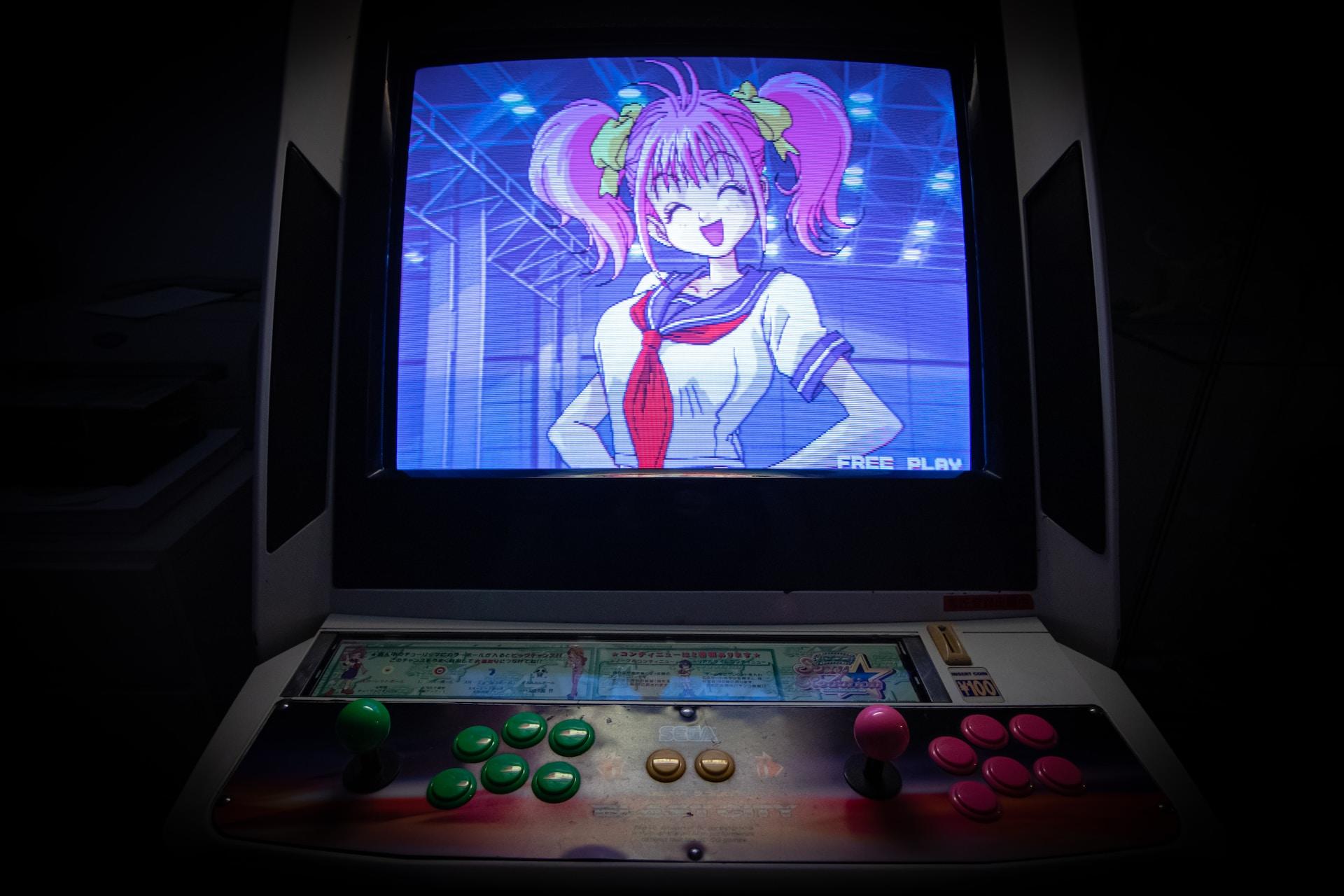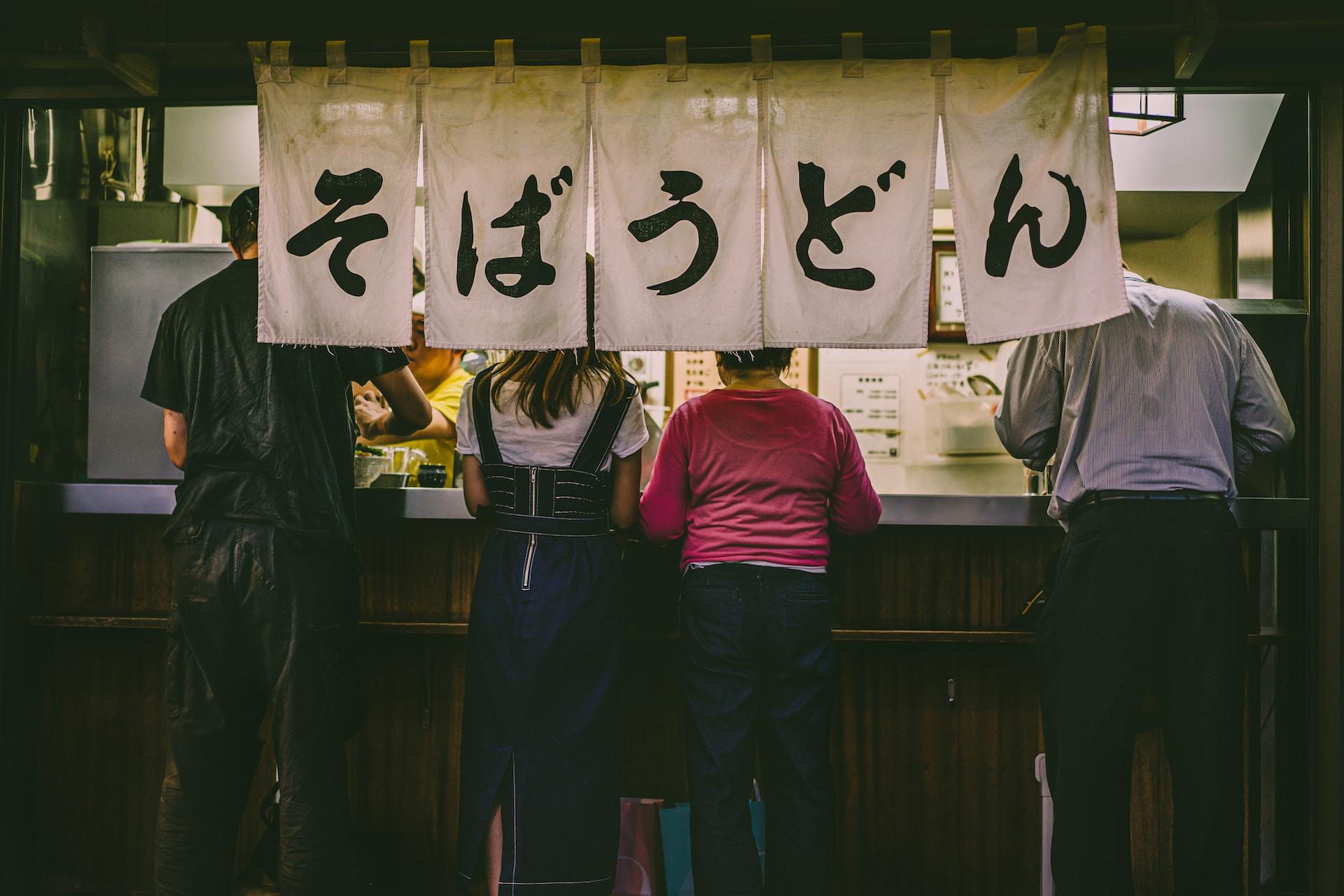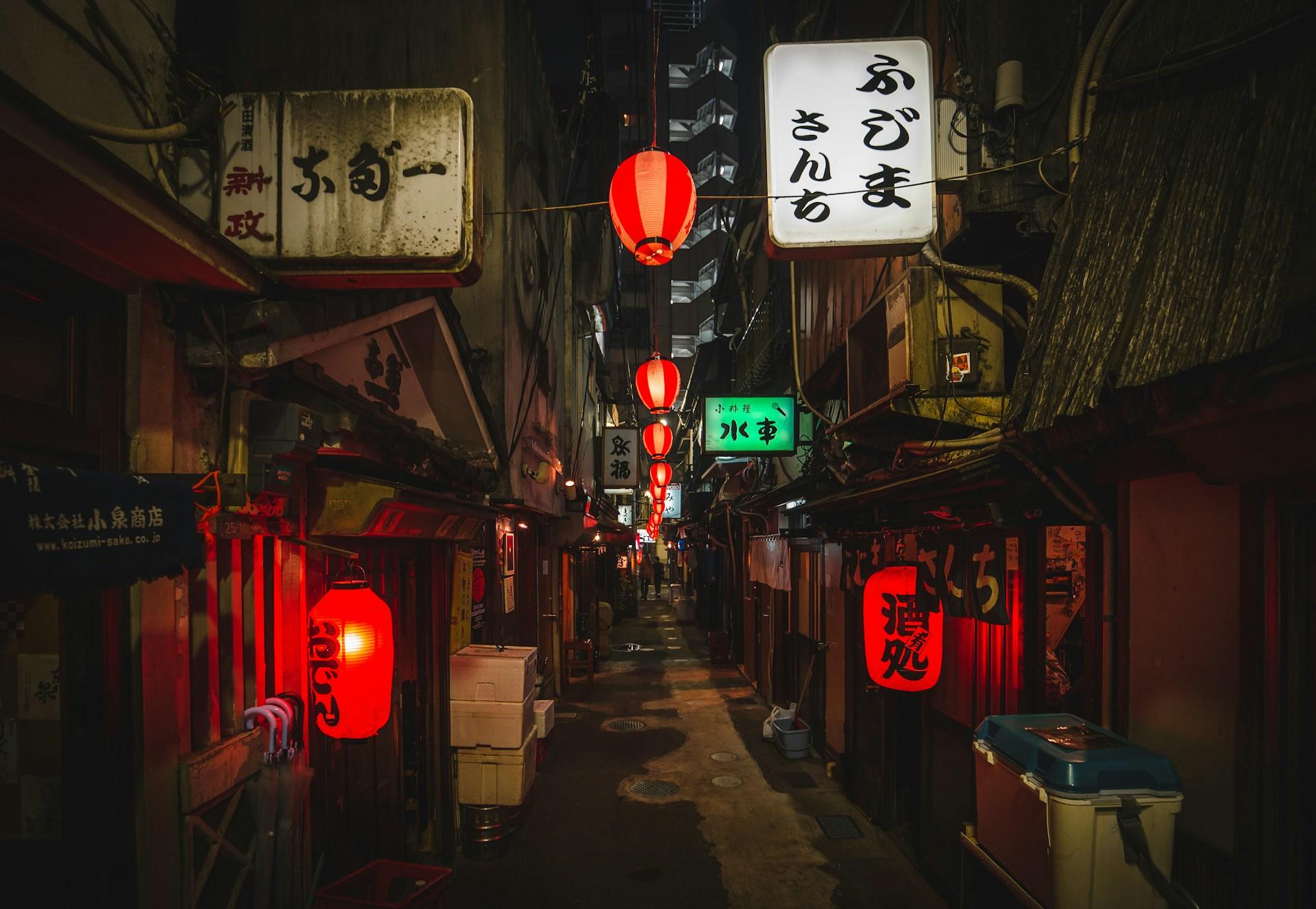Often, a language learner gets in a hurry to pick up oft-used questions and sentences in their target language. That might be because they're soon going to a country where people speak that language. If you want to learn key Japanese phrases, you might be heading to Kobe to sample that amazing beef. Or to Tokyo, to join thousands of pedestrians who walk across that iconic street crossing every day.
But that's not always the reason why students of Japanese want to master a few Japanese phrases before diving headlong into Japanese studies. Some learners want to find out if the Japanese language is a good fit for them before committing to grammar explorations. Others might enjoy aspects of Japanese culture, maybe anime or manga, and they want to pursue their passion in its original language.
Japanese language teachers encourage this practice. It gives their students a sense of achievement and shows them that learning Japanese isn't as hard as it seems. Learning key Japanese phrases early on whets the appetite for more knowledge of this amazing language.
Superprof Japanese tutors agree. They contributed to this list of practical Japanese phrases, basic and (sometimes) more complex. If you've already started your Japanese language lessons, you might already know a few of them. But if you're still on the fence about whether Japanese is the right language for you, try these words in Japanese.

Japanese Phrases Common in Media
これは何ですか - Kore wa nan desu ka? - What is this?
トイレはどこですか - Toire wa doko desu ka? - Where is the toilet?
私はXです - Watashi wa X desu - I am X (my name is X)
ここはどこ ですか - Koko wa doko desu ka? - Where is here?
As you read manga or Japanese media online, you'll note that word order in Japanese is crucial. At the beginner level of study, it might seem strange for the verb to go at the end of the phrase or clause.
In Japanese, the verb is usually the last word in the sentence, but pay attention to where the particles go throughout. The verb that you can see in each example above is "desu", which does not conjugate except for in the past, and is the equivalent of English "be/am/is/are".
Likewise, beginners might struggle to remember ending questions with a particle (か - ka) as seen in the above question word phrases. Such particles often qualify meaning but they have strict grammatical properties.
As soon as you start to speak, listen, read and write in Japanese, it will become obvious how such particles indicate social positioning. Native Japanese speakers use these particles for every casual, polite or formal expression. As you travel around Japan, you can show you understand Japanese language and culture by adopting the same forms.
Superprof is ready to help you learn words and phrases in Japanese. We'll go over ways to use them as you learn and give you some background to help you understand why the Japanese language functions the way it does. For that, you need a Japanese language overview.
With that, you'll which type of expression you need for every situation. You'll know when you should reply to a greeting with ありがとうございます (arigatou gozaimasu lit. thank you very) and when a simple 下さい (kudasai) is enough.

Words in Japanese
Now that we've seen Japanese phrases basic structure, let's try our hand at a few. Pro tip: to expand your learning, remember that Japanese numbers also count towards understanding the fundamentals of the language. They too follow a very different system and give you insight into Japanese culture and language usage.
Fundamental Japanese Words
Showing politeness is essential to grasp essential Japanese culture. You might already know kudasai - a generic 'please'. But kudasai has specific uses so it's best to know the right expression.
- Yes はい hai
- No いいえ lie
- Please おねがいします onegai shimasu
- Thank you ありがとう arigatō
- Excuse me すみません sumimasen
- No problem 問題ないよ mondai nai yo
Japanese Phrases - Common Greetings
- Good Morning おはようございます ohayou gozaimasu
- Good Afternoon こんにちは konnichiwa (also serves as a generic hello)
- Good Evening こんばんは konbanwa
These represent the baseline of politeness expected in Japan. Remember that generic greetings are not the best expression for all situations but you can use them until you learn the proper Japanese phrases for a given situation.
Other Essential Words
As you travel around Japan, train yourself to read and identify these food-related words. Your hunt for a meal will be much easier if you know:
- Breakfast 朝ごはん asagohan
- Lunch ランチ ranchi (or hirugohan)
- Dinner 晩ごはん bangohan
- Eat 食べます tabemasu
- Drink 飲みます nomimasu
- Restaurant レストラン resutoran

Key Japanese Phrases
"I speak a little Japanese": 少し日本語を話します(sukoshi nihongo wo hanashimasu) will come out an awful lot in your first few weeks in Japan.
Once you feel more confident explaining yourself, "Do you understand?": わかりますか (wakarimasu ka) will serve you well.
Whilst you will want to persevere in Japanese, "Can you speak English?" 英語を話せますか (eigo wo hanasemasu ka) can be called upon if all else fails.
As you try to expand your social circle, "What is your name?": お名前は何ですか (o-namae wa nan desu ka), may lead to vibrant social activities.
"What's this?": これは何ですか (kore wa nan desu ka) may help avoid any cultural faux-pas!
If the thing you've just discovered looks appealing enough to own, you may well ask "How much is it?": いくらですか (ikura desu ka).
Explaining your reason for being in Japan may endear you to people. Try "I am a student": 私は学生です (watashi wa gakusei desu).
Finally, the piece de resistance if you haven't already learnt it: 私はオーストラリア人です (watashi wa osutoraria jin desu) - "I am Australian".

Japanese Phrases and Word Order
In any language, grammar and word order convey lots of information. "I went to class" tells us that the speaker did it in the past and that they were not already in class. Forty-two per cent of the world's languages follow this subject-verb-object (SVO) structure. We English speakers say "I went to class", not "I to class go".
The Japanese language follows the subject-object-verb (SOV) structure - "I to class go", for example. This language pattern is more widespread; 45% of the world's languages use the SOV structure. In many ways, it's simpler to use and it delivers more meaning, too. Such might be less obvious to an English speaker because:
- plural and singular don't differentiate
- grammatical gender doesn't feature
- articles such as a/an and 'the' don't exist in Japanese
- particles indicate meaning and tone, politeness and formality
- verbs conjugate for time and voice but not a grammatical person - there's no 'I am, you are...'
- adjectives conjugate, and classify into -i and -na groups
The particles (wa, to, ni) in this sentence show agency, relationship, and direction respectively, and the verb at the end remains in the infinitive.
As mentioned throughout this article, the defining particle must go at the end of the clause or sentence to make its meaning clear. To say "I'm going to the cinema with you", it would look like this: 私はあなたと一緒に映画館に行きます ( Watashi wa anata to issho ni eigakan ni ikimasu).
Honourifics play a large role in Japanese culture and language. To show deep respect append, your boss or older relatives' names with -sama. The less formal particle, -san, is the polite way - and the most common practice.
It is improper to address anyone by their given name in Japan. To address the Japanese Prime Minister, you should say Kishida-san. Note that the surname comes first in Japanese; you should never call Kishida Fumio Fumio-san.

Words in Japanese: a Look Back
As you might recognise from the Japanese characters and alphabet, this language uses pictograms that originated in China. But the Japanese language is closer to Korean in vocabulary, grammar, and function. Nonetheless, Kango, words of Chinese origin, underpin roughly 60% of Japanese dictionary entries today, despite not driving active use.
Thus, most Japanese kanji (Chinese characters) have a Chinese pronunciation (onyomi) and a Japanese pronunciation (kunyomi). Which one applies depends on the use of the character in a word. Beyond this, the Japanese language's origin is a mystery, at least until the 8th century CE (Current Era).
Words from the period of Chinese trading and exploration in Japan are called wasei-kango. They were created to refer to concepts that didn't exist in the country at the time, like 'revolution' (革命 - kakumei) and 'democracy' (民主主義 - minshu shugi).
This lasted until the Japanese entered a period of isolation, from the early 17th to late 19th centuries. Naturally, language evolution during that time included new vocabulary and cultural references related to the Japanese empire.
Since then, thanks to trade and globalisation, many European and English words have entered day-to-day Japanese language use. A convenience store is コンビニ - konbini. The word for part-time job, アルバイト- arubaito, comes from the German word for "work" (Arbeit).
Hopefully, this article has given you some insight into the richness and depth of the Japanese culture and language, which opens learners up to a world of possibilities.
Arigatou gozaimasu! (Or we should say ありがとうございました - arigatou gozaimashita - for the past tense, but that's for another article!).















